 Facebook
Facebook
 X
X
 Instagram
Instagram
 TikTok
TikTok
 Youtube
Youtube
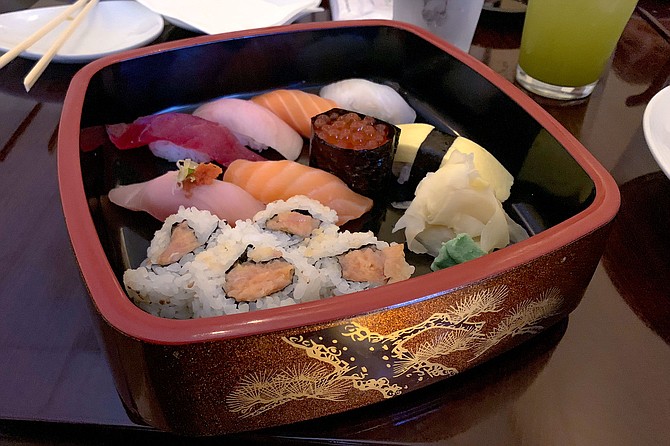
When 2020 began, I did not expect to spend two and a half months writing about take out and delivery. Since dining rooms re-opened in late May, it’s been fun, and at times felt a bit daring, to return to writing about on-premise restaurant experiences. Even if those experiences have been eerily dystopian, characterized by half-empty restaurants, sneeze guards, and cubrebocas.
However, I should still be writing about take out. Because, despite being open, most local restaurants are still counting on take-out orders to survive the pandemic. Especially the smaller ones.
Restaurants including Sushi Tadokoro, in Old Town. Its namesake owner, Takeaki Tadokoro, brings traditional edomae-style sushi to San Diego, including delicacies he learned to prepare growing up as a young sushi chef in Japan. His small sushi bar and dining room is the kind of place a food-lover like yours truly goes to eat on his birthday. Preferably omakase, with a great bottle of sake to start things off.
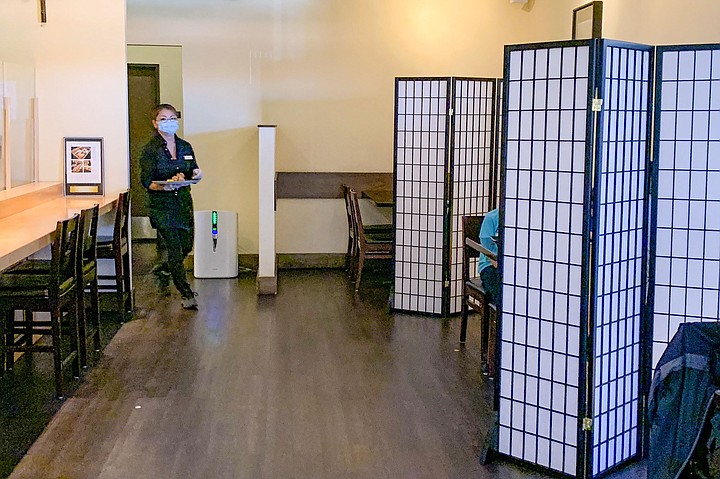
It’s not just that Tadokoro offers exceptional or hard to find food and drink. The restaurant’s smallness, its intimacy, is part of the appeal. Don’t get me wrong — several of the city’s finest restaurants are large, high-volume affairs, and necessarily well known. But what use is an urban dining scene without the intimate, less talked about places? The restaurant name you keep in your back pocket to impress a date, or perhaps a friend from the ‘burbs, who can’t get anything resembling Tokyo-style edamame sushi where they live?
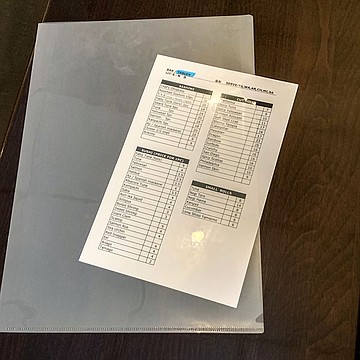
Sushi Tadokoro is open with seated dining for lunch and dinner, and the restaurant space elegantly accommodates distanced dining, with shoji screen dividers between tables, a clear plastic barrier between chefs and sushi bar patrons, and paper order sheets sheathed in plastic. Tadokoro and his wife have overachieved on the clean air front, having invested hundreds of dollars each on ultraviolet, ionic, and HEPA air filtration systems to protect staff and diners further.
However, for a sushi joint that maxes out around 30 diners in the best of times, Tadokoro can only fit half or less its normal capacity, at the busiest of times. In the restaurant business, if a busy Saturday night can’t make up for a slow Tuesday, the restaurant is in trouble.
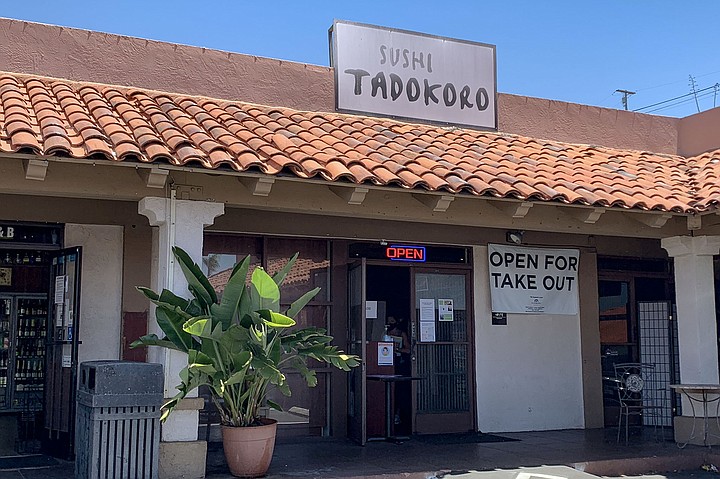
So, as inviting as the Tadokoros have made their authentic Japanese dining experience, even during the pandemic, they also find themselves in the unexpected position of encouraging customers to order take-out orders. They’ve prepared both sushi and sake to-go menus.
The sake menu discounts mid- to high-end bottles you’re unlikely to find anywhere other than a quality Japanese restaurant in this town. The sushi menu features a full list of individual nigiri and cut roll options, as well as select sashimi orders. But it includes highlights from Tadokoro’s lunch specials menu, including a $26 nigiri combo (8 pieces plus a half roll), and $40 chirashi box that features a wider assortment of fish, served over rice. For those who can afford it, there’s an omakase (chef’s choice) special for $85, which is 20 percent cheaper than pre-covid dining.
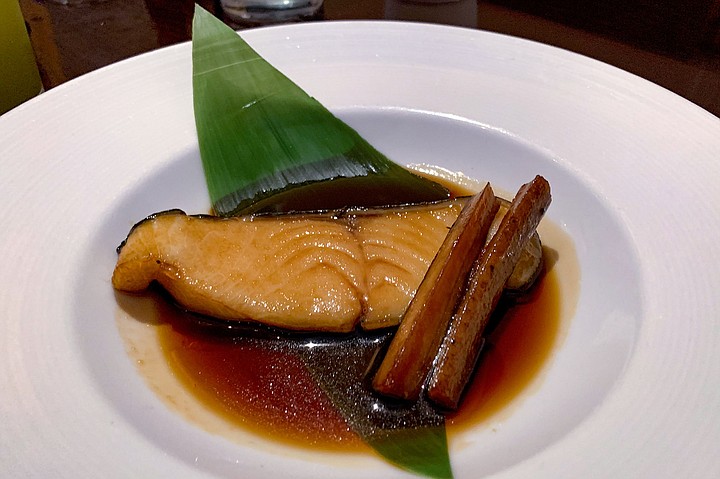
That omakase will be the best way to sample the sort of rare finds that help make Sushi Tadokoro a valued presence in San Diego dining, including prized Japanese imports. Chef Tadokoro tells me that, after an initial disruption, he’s able to get fish from Japan again, even if it costs him more to keep such things on the menu as iwashi (sardines), golden eye snapper, nodoguro (seaperch), and uni from Hokkaido.
There are benefits to dining in at Sushi Tadokoro — such as ordering a sweet and succulent black cod. But the truth is, we don’t all need to rush out to support local restaurants, just because they’re welcoming diners again. Our support is just as valuable — arguably more so — when we take it home. Even when it’s something special.


When 2020 began, I did not expect to spend two and a half months writing about take out and delivery. Since dining rooms re-opened in late May, it’s been fun, and at times felt a bit daring, to return to writing about on-premise restaurant experiences. Even if those experiences have been eerily dystopian, characterized by half-empty restaurants, sneeze guards, and cubrebocas.
However, I should still be writing about take out. Because, despite being open, most local restaurants are still counting on take-out orders to survive the pandemic. Especially the smaller ones.
Restaurants including Sushi Tadokoro, in Old Town. Its namesake owner, Takeaki Tadokoro, brings traditional edomae-style sushi to San Diego, including delicacies he learned to prepare growing up as a young sushi chef in Japan. His small sushi bar and dining room is the kind of place a food-lover like yours truly goes to eat on his birthday. Preferably omakase, with a great bottle of sake to start things off.

It’s not just that Tadokoro offers exceptional or hard to find food and drink. The restaurant’s smallness, its intimacy, is part of the appeal. Don’t get me wrong — several of the city’s finest restaurants are large, high-volume affairs, and necessarily well known. But what use is an urban dining scene without the intimate, less talked about places? The restaurant name you keep in your back pocket to impress a date, or perhaps a friend from the ‘burbs, who can’t get anything resembling Tokyo-style edamame sushi where they live?

Sushi Tadokoro is open with seated dining for lunch and dinner, and the restaurant space elegantly accommodates distanced dining, with shoji screen dividers between tables, a clear plastic barrier between chefs and sushi bar patrons, and paper order sheets sheathed in plastic. Tadokoro and his wife have overachieved on the clean air front, having invested hundreds of dollars each on ultraviolet, ionic, and HEPA air filtration systems to protect staff and diners further.
However, for a sushi joint that maxes out around 30 diners in the best of times, Tadokoro can only fit half or less its normal capacity, at the busiest of times. In the restaurant business, if a busy Saturday night can’t make up for a slow Tuesday, the restaurant is in trouble.

So, as inviting as the Tadokoros have made their authentic Japanese dining experience, even during the pandemic, they also find themselves in the unexpected position of encouraging customers to order take-out orders. They’ve prepared both sushi and sake to-go menus.
The sake menu discounts mid- to high-end bottles you’re unlikely to find anywhere other than a quality Japanese restaurant in this town. The sushi menu features a full list of individual nigiri and cut roll options, as well as select sashimi orders. But it includes highlights from Tadokoro’s lunch specials menu, including a $26 nigiri combo (8 pieces plus a half roll), and $40 chirashi box that features a wider assortment of fish, served over rice. For those who can afford it, there’s an omakase (chef’s choice) special for $85, which is 20 percent cheaper than pre-covid dining.

That omakase will be the best way to sample the sort of rare finds that help make Sushi Tadokoro a valued presence in San Diego dining, including prized Japanese imports. Chef Tadokoro tells me that, after an initial disruption, he’s able to get fish from Japan again, even if it costs him more to keep such things on the menu as iwashi (sardines), golden eye snapper, nodoguro (seaperch), and uni from Hokkaido.
There are benefits to dining in at Sushi Tadokoro — such as ordering a sweet and succulent black cod. But the truth is, we don’t all need to rush out to support local restaurants, just because they’re welcoming diners again. Our support is just as valuable — arguably more so — when we take it home. Even when it’s something special.
Comments